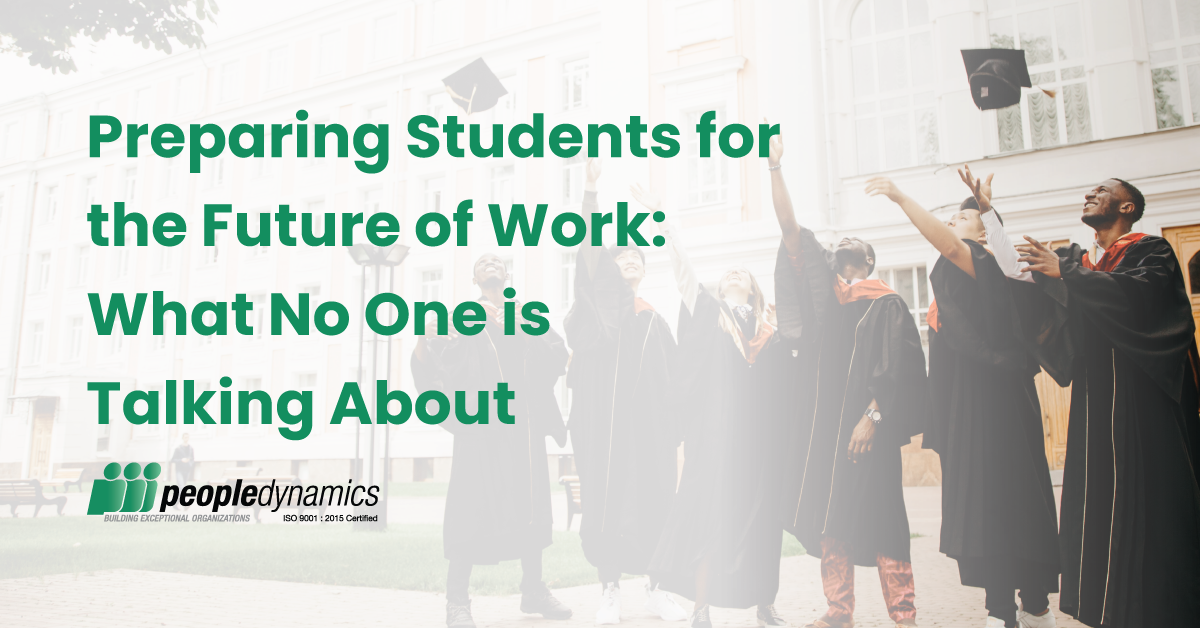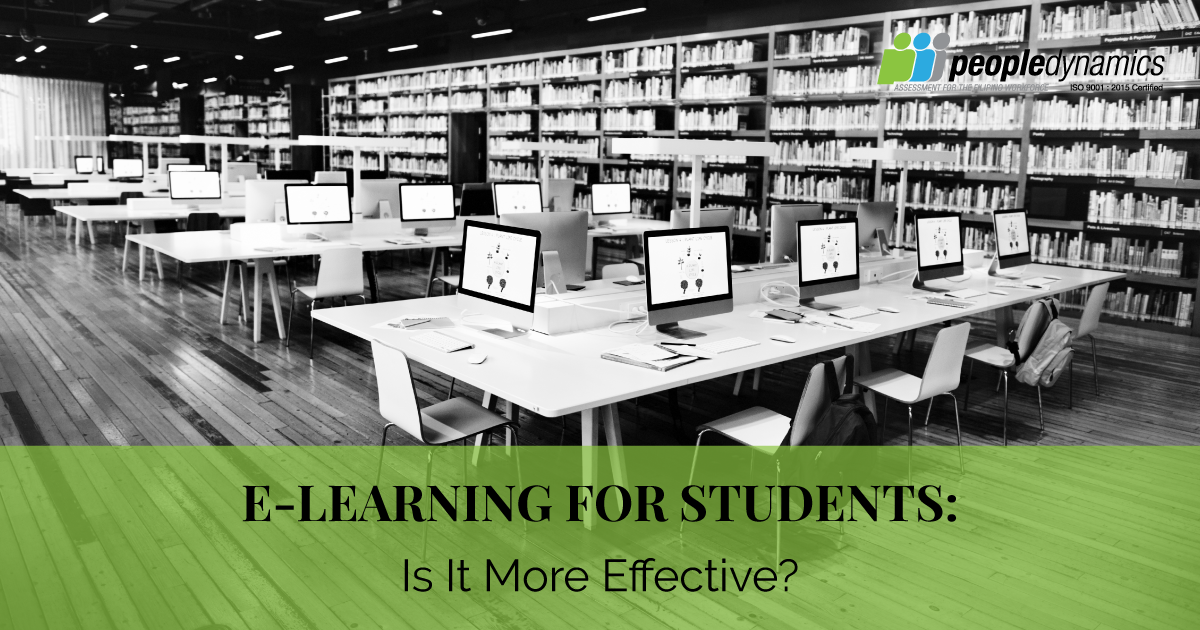No matter how old and experienced you are, change can be daunting. High school graduates, meanwhile, deal with considerable pressure as they face the expectation of knowing what they want to pursue—all while working with little information about how the world works.
This urgency can cause anxiety and confusion, both of which may push students toward directions that don’t align with their passions or long-term goals. When choosing their paths, in fact, 75% of high school graduates say they aren’t ready to make college and career decisions.
Schools, however, play a critical role in guiding students through this crucial phase. To learn more about it, we’ll dive into how you can help students explore their options and develop competencies that enable sound decision-making.
Why does career exploration and readiness matter?
To put it simply, career exploration and readiness give students a clearer understanding of their interests, how they fit into certain career landscapes, and the expertise needed to thrive in their chosen fields.
Through early exposure to various options, students can discover what excites them, assess their strengths and weaknesses, and align their academic pursuits with their professional aspirations.
Furthermore, preparing students for their potential career paths instills confidence as they gain insights that facilitate thoughtful decisions. They can begin their college lives with a sense of direction and purpose, then navigate the complexities of evolving job markets afterwards.
This approach also minimizes the risk of switching majors or experiencing disillusionment later in their journey—instances that can result in lost time, resources, and motivation.
What to include in career exploration and readiness programs
To help you grasp how you can prepare students for their futures, we’ll walk you through some steps you can take, as well as initiatives you can include in a comprehensive program.
Extracurricular activities
These allow students to delve into their talents and interests beyond the academic framework. By participating in extracurricular activities, students acquire first-hand experiences and develop soft skills like leadership, teamwork, and communication—essentials to professional success.
Some examples of such pursuits include:
- STEM (Science, Technology, Engineering, Math) clubs: These groups provide students opportunities to practice STEM subjects in real-world scenarios and learn of their actual applications.
- Debate teams: Participating in intellectual discourses encourages one to think critically, speak publicly, and articulate arguments well. These develop skills that are valuable in fields such as law, politics, and communications.
- Entrepreneurship clubs: These offer platforms for you to teach business acumen, innovation, and financial literacy, all of which gear students for pursuits in commerce.
- Volunteer programs: Exposure to people from different walks of life cultivates empathy and organizational prowess, all of which are beneficial for careers in social work and healthcare.
Exposure to college and career options
These provide students a glimpse of where they can pursue higher education and where their chosen academic tracks may lead.
College fairs
College fairs allow students to connect with representatives from various universities, technical schools, and other educational institutions. Here, they can gather valuable information about their potential vocations, as well as the academic paths required to achieve their goals.
Schools, meanwhile, can enhance the effectiveness of these fairs by encouraging participants to engage in one-on-one conversations with representatives who possess knowledge in their field of interest.
Guided career discussions
57% of students report talking to their teachers or counselors about post-graduation opportunities five times or less. Educators, however, can greatly assist students with their career decisions.
By leading regular consultations, whether through individual sessions or group workshops, they can help students clarify their aspirations and evaluate the feasibility of their chosen paths.
Whichever format they choose, make sure that the discussions tackle specific professions and their industries’ demands. Afterward, align the students’ academic endeavors with their ambitions.
Career assessments and support
Step 1: Assessment
Taking high school students through a thorough evaluation process and offering support can greatly aid in their preparations for life after graduation.
People Dynamics Inc. (PDI) can help with your efforts, all thanks to Profiles Career Keys (PCK), a tool that can guide students in their journey.
It provides a comprehensive assessment of one’s interests, aptitudes, and values, recommending appropriate careers and revealing job-match percentages that help individuals identify what aligns with their natural talents.
Step 2: Discuss results
Once your students complete their career assessments, have educators take the time to explain what the results mean.
Ensure they focus on how an individual’s strengths and interests can translate into real-world opportunities and have them walk test-takers through what educational paths they can pursue.
Schools can encourage students to take the initiative as well, tasking them to learn about industries and roles that align with their results.
Step 3: Prepare for entering higher education and the workforce
Schools should also help students understand how they can use career evaluation results to prepare for the right college and their journey toward entering the workforce.
This could entail suggesting relevant extracurricular activities, internships, or part-time opportunities that build industry-related skills, as well as soft skills that will serve them in any career (e.g. time management, communication, and collaboration).
Benefits of career exploration and readiness programs
Now that you have a clear picture of what a thorough program entails, we’ll dive into the specific upsides one offers.
Smoother transition
A survey by CollegeData found 50% of students said they felt least prepared for the academic demands of college. Career exploration and readiness initiatives, however, can ease the process of dealing with the significant transition that comes with pursuing higher education.
By gaining clarity on their chosen career paths early, as well as the amount of effort it will take to attain them, students can properly and confidently adjust to college life.
Streamlined path
Exploring one’s potential career in advance allows one to make informed decisions regarding their academic focus and goals.
This streamlines their educational journey, as they can choose the right college degree and reduce their likelihood of switching majors or extending their time in school.
Future-proofed workforce
A robust career exploration and readiness program educates students on the opportunities and challenges present in modern job markets.
Since one equips them with essential skills and knowledge as well, schools nurture adaptability and resilience that students can maximize once they’ve become members of the workforce.
This future-proofing ensures students are not only employable but also capable of thriving in a dynamic global economy.
Return on education
Effective career readiness initiatives produce well-prepared graduates who are positioned to make meaningful contributions to the economy.
This can be tied to their clear sense of purpose and developed skills—aspects that make them more likely to succeed after entering the workforce. Since they’re given the ability to build bright futures for themselves and others, it results in a cycle of educational and economic success.
Wrapping up—Comprehensive career exploration and readiness programs nurture capable students
As high school students prepare to embark on their journeys toward higher education and professional life, career exploration and readiness initiatives are critical.
At the same time, schools play a pivotal role in providing the resources, experiences, and guidance they need to make informed career choices that match their interests and strengths.
Meanwhile, by integrating tools like PDI’s Profiles Career Keys into your programs, you can support students as they navigate their educational and professional paths.
If you want to learn more about how PCK can help your institution nurture confident, capable, and career-ready students, get in touch!




